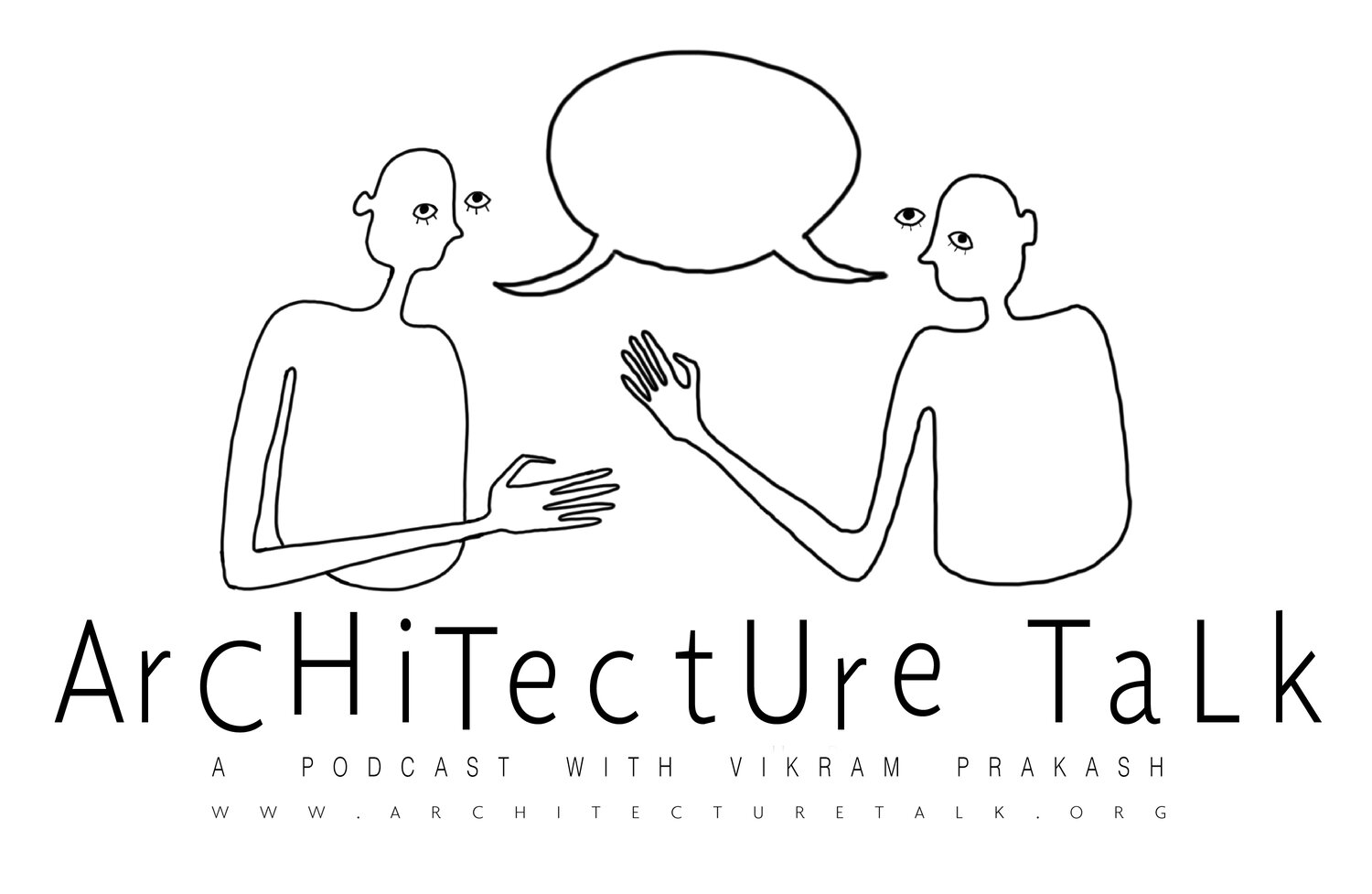31 : Apocaloptimism: Climate Change and Global History with Daniel Barber
““When we are comfortable in our thermally optimized spaces, we know that that has dramatic, detrimental effects on the global climate.””
This week we discuss the GAHTC module on Climate and Global History with Daniel Barber, Chair of the graduate Architecture group a the University of Pennsylvania School of Design. Discussion topics include: ecology in non-modernist cultures, tropical modernism, new narratives of ecological thinking, designing for discomfort, and architecture as the mediation between the infrastructural and the personal.
Timestamp Outline
1:29 The Global History of Architecture and Climate module at GAHTC
3:45 Lecture 1: “Primitive” Architecture and the Timeless Climatic Type
5:28 Climate and vernacular design strategies
8:04 The climate effects of adobe in a pueblo like Taos
10:19 Los Alamos engineers interested in the thermal capacities of adobe
11:15 A technology and data-driven contemporary sustainability vs a culturally imaginative way of climatic living
13:06 The embodied energy of the Passive House
14:30 “Climate is, in effect, a realm for cultural interaction.”
16:20 An Apocaloptimist in the presence of the IPCC report
18:15 Elon Musk as an apocaloptimist: electric cars, batteries, Mars
20:41 Kate Orff and oyster-tecture: “We can completely reimagine the socio-biotic relationship.”
21:05 David Benjamin architect at Columbia: talk to the fishes in east river; mushroom bricks
23:46 New Materialism: what it means to talk to materials
24:20 Lecture 4: Modernism, Climate, and Post-Colonial Development; German Modernism, Otto Konigsberger, tropical modernism, Maxwell Fry and Jane Drew at AA
30:11 A climate-responsive modernism vs HVAC-oriented modernism
32:04 Le Corbusier’s 1936 lecture in Buenos Aires: all buildings to have 68° F interior
33:00 Le Corbusier’s hermetically sealed Salvation Army building, 1928
42:53 “Climate becomes a cipher for the “civilizing” project of the colonial period.”
44:50 “Tropi-pocaly-optimism”
45:12 “The Idea of Comfort” by Tomas Maldonado, 1978
46:10 “When we are comfortable in our thermally optimized spaces, we know that that has dramatic, detrimental effects on the global climate.”
47:02 Pietro Belluschi’s energy-hungry 1947 Commonwealth Building in Portland
48:08 “How to design for discomfort?”
50:31 Role of fashion in thermal engagement with architecture. Insulation of garments







